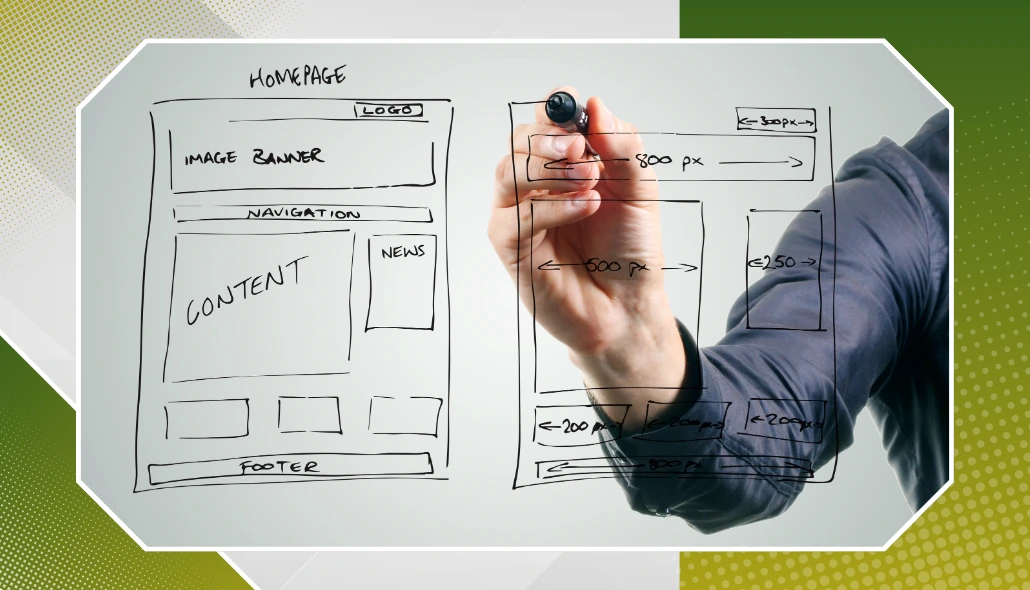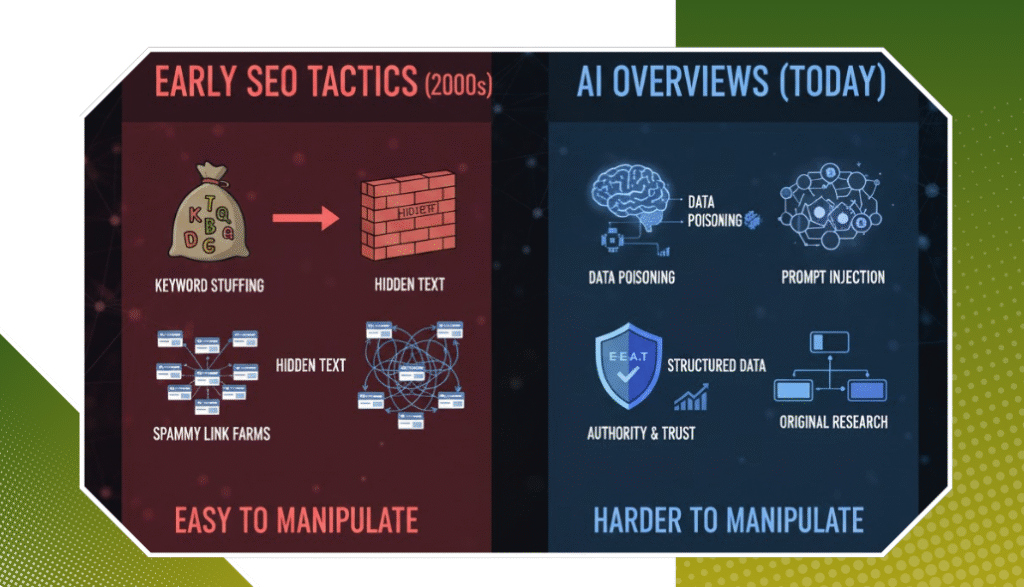Web design is all about visual appeal and experience, whereas web development is the backbone of any website. Both have different functional roles. In this blog, let us dive deeper and understand the critical components of website development vs. design, individual roles, and tools involved in this. By understanding the interplay between these two, full potential can be achieved.
Web Design: Key Features
Web design creates a visually appealing and functional website with a great user experience. 92% of the users form their first impression based on the website’s design. It creatively blends layout, color, typography, and images. Key elements that contribute effectively to enhanced user experience are:
Layout and Colour Scheme
The arrangement of elements in the website should be well structured. This impacts how information is consumed by the user. Common types of layouts include F-layout and Z-layout. Colors evoke emotions and set the tone of websites. If the colors and layout of the website are not attractive, 45% of users stop engaging with them. By using complementary colors, aesthetics and engagement can be improved.
Typography and Imagery and Graphics
The overall impression is set, and this affects readability. If users’ attention is retained, they spend 50% more time on the webpage. Contrasting fonts, sizes, weights, and styles can be used to retain them on the page. High-quality images enhance visual appeal and support content. 65% of people are visual learners. Choosing an image that can communicate effectively could be more effective than only text.
User Experience (UX)
This focuses on the user’s overall experience. It includes usability, accessibility, and the emotional response generated by the design. The website’s overall aesthetics should resonate with the target audience and align with the brand ethos. Web design plays an important role in making or breaking the user experience. Engaging user experience with interactive content can drive results.
This is not just about the website’s aesthetics; it is also about creating an interactive and navigational experience for the user. Studies reveal that colors can increase brand recognition chances by 80%. If the language is precise and the content is accessible, the chances of readers staying on the website are 26 times, which can drastically impact the bounce rate.
Website Development: Key Features
Website development is the process of building and maintaining the website. It involves coding, programming, server configuration, and database management. The main focus is turning visual design into a fully functional and interactive site that can navigate the user seamlessly. Key elements of web development include:
Front-End/Back-End Development
Front-end development is everything that a user sees and interacts with directly on the website. Layout, design, and content are a part of this. HTML, CSS, and JavaScript are core technologies for creating engaging front-end experiences. Back-end development is all about server-side, which includes managing databases and application logic. Common back-end languages include PHP, Python, Ruby, Java, and Node.js.
Content Management Systems (CMS)
A CMS allows users to create, manage, and modify content on a website without actually needing specialised technical knowledge. WordPress, Joomla, and Drupal are various CMS platforms that empower users to manage website content easily. 43% of websites are built on WordPress. All the CMS platforms have a user-friendly interface and predesigned templates and themes.
Responsive Designs and API integrations
This ensures that websites adapt to different screen sizes and devices and provide optimal viewing experiences on mobile, tablet, and desktop. As 54% of the data comes from mobile devices, responsive designs are crucial for user engagement and SEO. API integration enables different software applications to communicate and share data easily. By having a user-centric design, conversation rates can be grown by 200%.
The demand for web development will increase by 33% in the upcoming years. Other factors of web development include web hosting, performance optimisation, and security measures. Web development is a collaborative effort that requires a blend of creativity, technical skills, and an understanding of user needs.
Combining Web Design and Development
Web design and development are two interconnected disciplines that create an effective online presence. Merging these two areas improves the look and performance of the website, which can ultimately benefit user engagement and achieve business goals. User-generated design can influence the fundamentals of both. Both disciplines prioritise the user experience.
A better, more harmonious relationship between them enhances the user experience. 61% of people are unlikely to return if they face trouble accessing the website. Web design creates intuitive layouts, while developers implement functionality that supports seamless navigation. Integrating both enhances usability and impacts aesthetics. Instead of website development vs. design, it can be web design and development.
Conclusion
Website development and web design are dynamic and integral to the digital landscape. They influence how individuals connect with businesses in the increasingly online world. There is a requirement for the intersection of creativity and technology, which enhances the user experience and shapes the websites. Investing time and resources pays off immensely regarding user retention, SEO rankings, and overall business success.
Rankingeek Marketing Agency helps you through a holistic approach, focusing on creating websites that not only look great but also perform optimally by meeting business goals. In web development, the gap between design, functionality, and user engagement will be bridged. Custom designs and services can help flourish the business. Contact Us Today!




